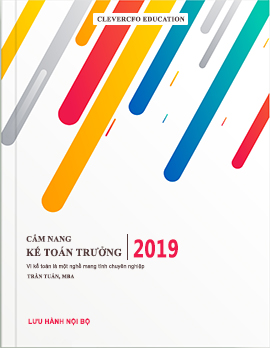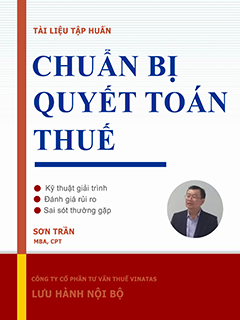Ðề: thủ tục hải quan
Customs Procedures in Vietnam
Posted on March 23, 2010 by Vietnam Briefing
By Joyce Roque
Mar. 23 – Following customs procedures when importing or exporting goods in Vietnam is one of the vital aspects of doing business in a country where manufacturing costs are leveraged to its favor.
Goods for import and export are subject to customs clearance that checks on the quality, specifications, quantity, and volume of goods. Following Vietnamese standards, certain imported goods will be subject to inspection depending on the latest list provided by the government. Imported pharmaceuticals are required to undergo further testing and must include product use, dosage, and expiration dates written in the Vietnamese language and included with the products.
Companies importing or exporting goods must submit a customs dossier to authorities that includes the company’s business registration certificate and the certificate of import/export business code registration.
The documents to be presented for importing goods are: bill of lading, cargo release order, commercial invoice, customs import declaration, inspection report, packing list, technical standard/health certificate and terminal handling receipts. On the other hand, goods to be exported will need the following documents: bill of lading, certificate of origin, commercial invoice, customs export declaration, packing list and technical standard/health certificate.
The Vietnam Customs web site says that companies regularly exporting and importing the same goods within a given period, if under the same purchase and sale contract, may use a single customs declaration for carrying out customs procedures. This is if the exportation or importation of such goods are within the delivery time determined in the purchase contract.
Moreover, companies with a two year importation record with no customs-related violations are eligible for exemption from actual goods inspection on equipment; machinery; fresh and raw foodstuff; goods requiring special preservation; goods stored in bonded warehouses; goods stored in tax-suspension warehouses; imports to be taken into export processing zones; tax-suspension warehouses or other customs preferences zones; liquid and bulky goods; goods whose volume, quality and categories is validated by state bodies or expert organizations; regularly imported goods; and other goods stipulated by the government.
According to the World Bank’s Doing Business 2010 report, export procedures take 22 days to finish while import procedures take 21 days to complete if by ocean transport in Vietnam. This estimate does not include the time it takes for the shipment to reach its destination using ocean transport. Vietnam ranks competitively among its Asian peers in terms of trading across borders and has cheaper export and import costs in general compared to the region’s average price.
Customs Procedures in Vietnam
Posted on March 23, 2010 by Vietnam Briefing
By Joyce Roque
Mar. 23 – Following customs procedures when importing or exporting goods in Vietnam is one of the vital aspects of doing business in a country where manufacturing costs are leveraged to its favor.
Goods for import and export are subject to customs clearance that checks on the quality, specifications, quantity, and volume of goods. Following Vietnamese standards, certain imported goods will be subject to inspection depending on the latest list provided by the government. Imported pharmaceuticals are required to undergo further testing and must include product use, dosage, and expiration dates written in the Vietnamese language and included with the products.
Companies importing or exporting goods must submit a customs dossier to authorities that includes the company’s business registration certificate and the certificate of import/export business code registration.
The documents to be presented for importing goods are: bill of lading, cargo release order, commercial invoice, customs import declaration, inspection report, packing list, technical standard/health certificate and terminal handling receipts. On the other hand, goods to be exported will need the following documents: bill of lading, certificate of origin, commercial invoice, customs export declaration, packing list and technical standard/health certificate.
The Vietnam Customs web site says that companies regularly exporting and importing the same goods within a given period, if under the same purchase and sale contract, may use a single customs declaration for carrying out customs procedures. This is if the exportation or importation of such goods are within the delivery time determined in the purchase contract.
Moreover, companies with a two year importation record with no customs-related violations are eligible for exemption from actual goods inspection on equipment; machinery; fresh and raw foodstuff; goods requiring special preservation; goods stored in bonded warehouses; goods stored in tax-suspension warehouses; imports to be taken into export processing zones; tax-suspension warehouses or other customs preferences zones; liquid and bulky goods; goods whose volume, quality and categories is validated by state bodies or expert organizations; regularly imported goods; and other goods stipulated by the government.
According to the World Bank’s Doing Business 2010 report, export procedures take 22 days to finish while import procedures take 21 days to complete if by ocean transport in Vietnam. This estimate does not include the time it takes for the shipment to reach its destination using ocean transport. Vietnam ranks competitively among its Asian peers in terms of trading across borders and has cheaper export and import costs in general compared to the region’s average price.









